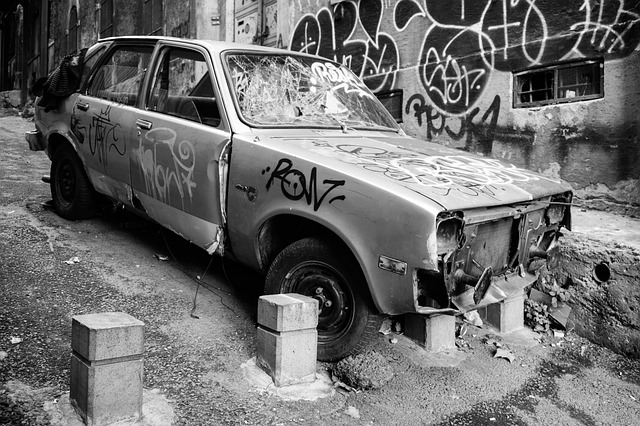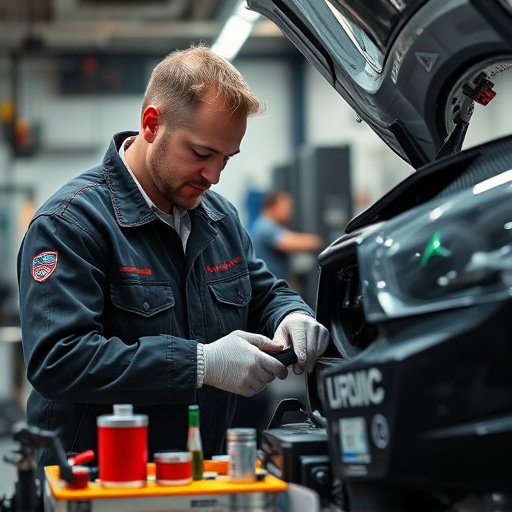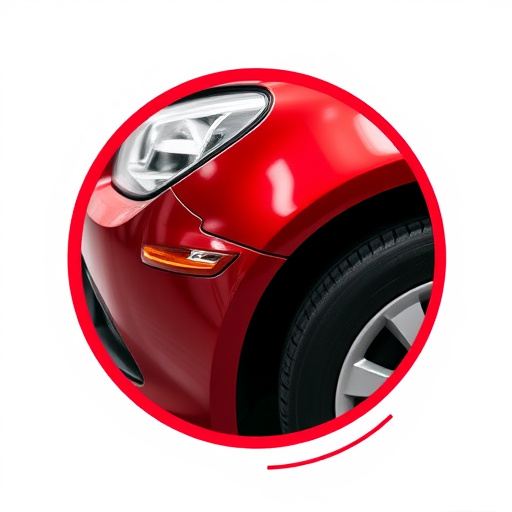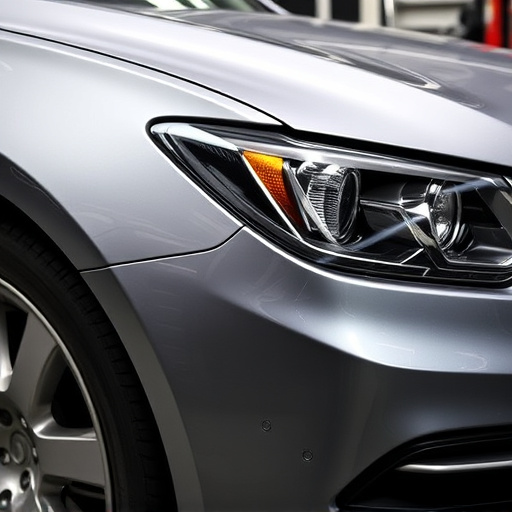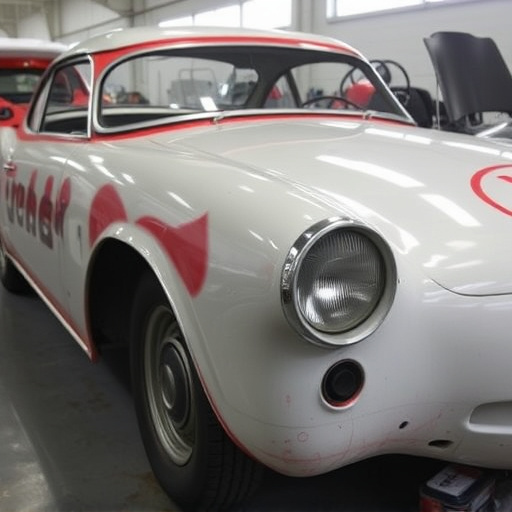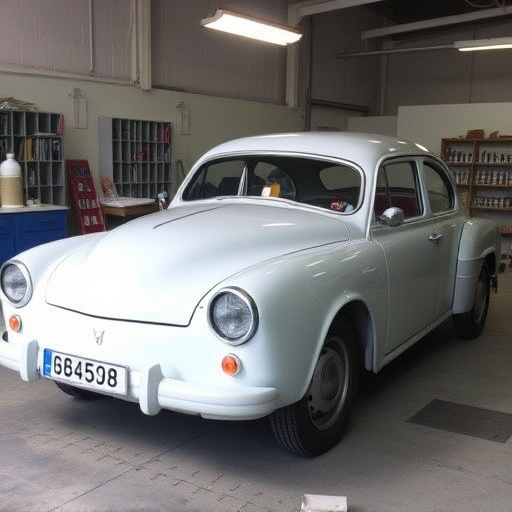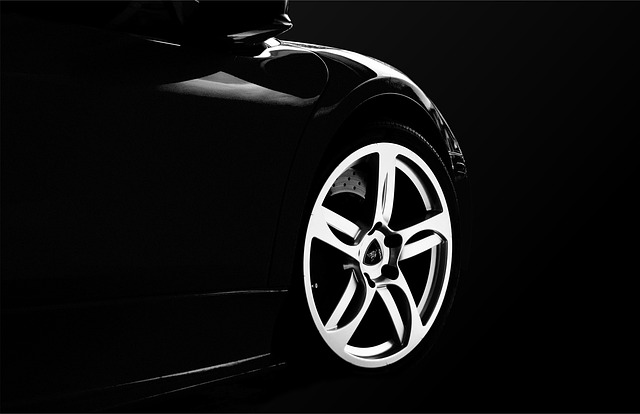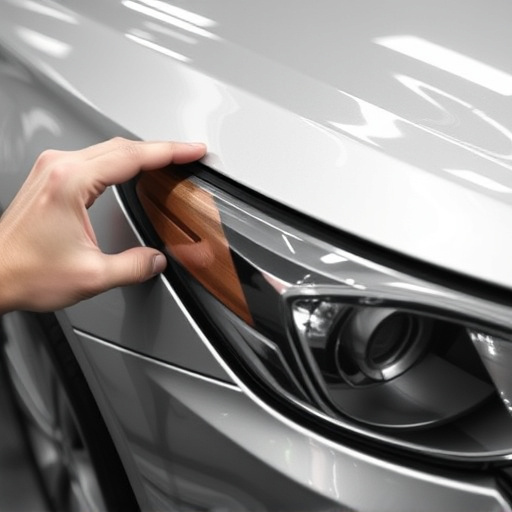Mercedes light package repair requires meticulous precision due to advanced technology and intricate systems. It involves damage assessment, diagnostic checks for software compatibility across lights (headlamps, taillights, turn signals), integration with electrical systems, and thorough verification post-repairs like dent or collision repairs. Post-repair testing ensures compatibility and functionality, while paintless dent repair guarantees cosmetic alignment. Software recalibration is essential to maintain optimal performance, as interconnected systems can cause disruptions if not handled carefully.
After a Mercedes lighting repairs, ensuring software compatibility is crucial for optimal performance. This article delves into the intricate process of Mercedes light package repair, emphasizing post-repair testing to verify system functionality and compatibility. We explore modern vehicle software dynamics, highlighting the importance of maintaining ‘software harmony’ for seamless operations. By understanding these key aspects, you’ll be equipped to navigate repairs effectively, ensuring your Mercedes shines both visually and technically.
- Understanding Mercedes Light Package Repair Process
- Post-Repair Testing: Ensuring Compatibility and Functionality
- Maintaining Software Harmony in Modern Vehicles
Understanding Mercedes Light Package Repair Process
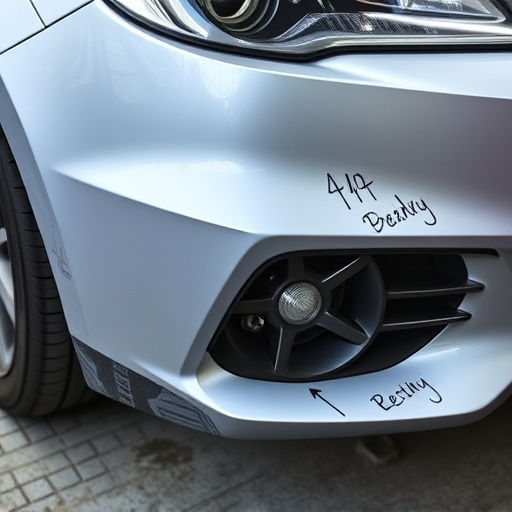
The Mercedes light package repair process involves meticulous attention to detail as it is a complex and intricate task. It requires specialized knowledge and equipment to ensure that each component is precisely calibrated and aligned. After any automotive repair, including dent repair or collision repair, the software compatibility of the vehicle’s systems must be thoroughly checked. This is crucial for Mercedes cars, known for their advanced technology and sophisticated lighting systems.
During a Mercedes light package repair, technicians first assess the damage to the vehicle’s lighting components. They then use diagnostic tools to check the software integration of various lights, such as headlamps, taillights, and turn signals. This process ensures that every light function operates harmoniously with the vehicle’s overall electrical system. Just as a dent repair or collision repair might affect the structural integrity of a car, software compatibility issues can impact the performance of modern vehicles’ advanced driver-assistance systems (ADAS) and infotainment modules. Therefore, it’s essential to verify that all software components are functioning seamlessly after any automotive repair.
Post-Repair Testing: Ensuring Compatibility and Functionality
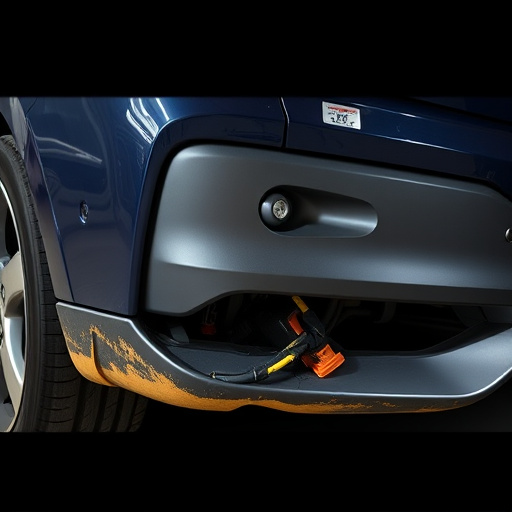
Post-repair testing is a critical step in ensuring that Mercedes light package repairs are compatible and functional with the vehicle’s existing systems. After completing any autobody repairs, including those on complex lighting components, thorough testing is essential to verify proper integration. This involves checking not only the physical connections but also the software compatibility of the restored parts.
The process includes simulating various driving conditions to assess how the repaired lights interact with the vehicle’s overall electrical and software architecture. Paintless dent repair techniques might be employed to ensure seamless cosmetic alignment, but functional testing is paramount to guarantee the safety and reliability of the Mercedes’ lighting systems. This meticulous approach ensures that the vehicle restoration is complete, delivering a seamless driving experience without compromising the latest technological advancements in automotive lighting.
Maintaining Software Harmony in Modern Vehicles
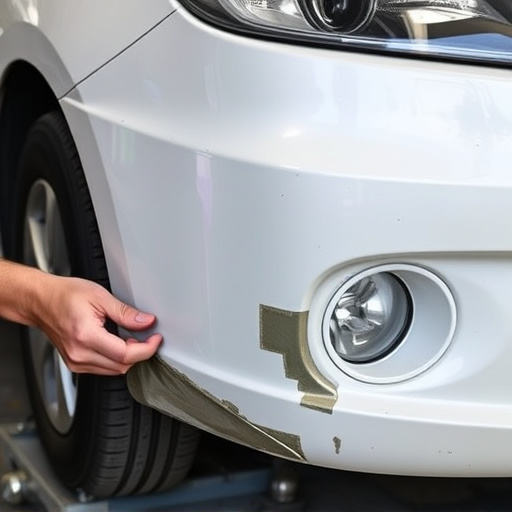
In modern vehicles, like Mercedes, software compatibility is as critical as any mechanical component. The interconnectedness of automotive systems means that a simple Mercedes light package repair could have unforeseen effects on other software modules if not handled carefully. After repairs or modifications, it’s crucial to ensure every system operates in harmony. This includes everything from the infotainment system to the advanced driver-assistance features (ADAS), which rely on precise data and communication between various sensors and software components.
A comprehensive approach to Mercedes light package repair should include not just fixing the lights but also recalibrating the vehicle’s systems to maintain software integrity. Aftermarket upgrades or third-party repairs that don’t adhere to factory standards could introduce compatibility issues, leading to erratic behavior in safety systems or even malfunction of non-critical components like entertainment systems. Regular maintenance and updates are essential to preserving software harmony, much like how car dent removal or vehicle paint repair requires meticulous attention to detail to restore the car’s structural integrity and aesthetic appeal without impacting other systems.
After completing a Mercedes light package repair, meticulous post-repair testing is crucial to ensure software compatibility and maintain optimal vehicle performance. This process involves verifying that all lighting systems function as intended and seamlessly integrate with the car’s overall software ecosystem. By adhering to best practices for testing and keeping up with modern vehicle software dynamics, technicians can guarantee that repaired Mercedes vehicles operate efficiently and without disruption, ensuring a satisfying experience for all drivers.
